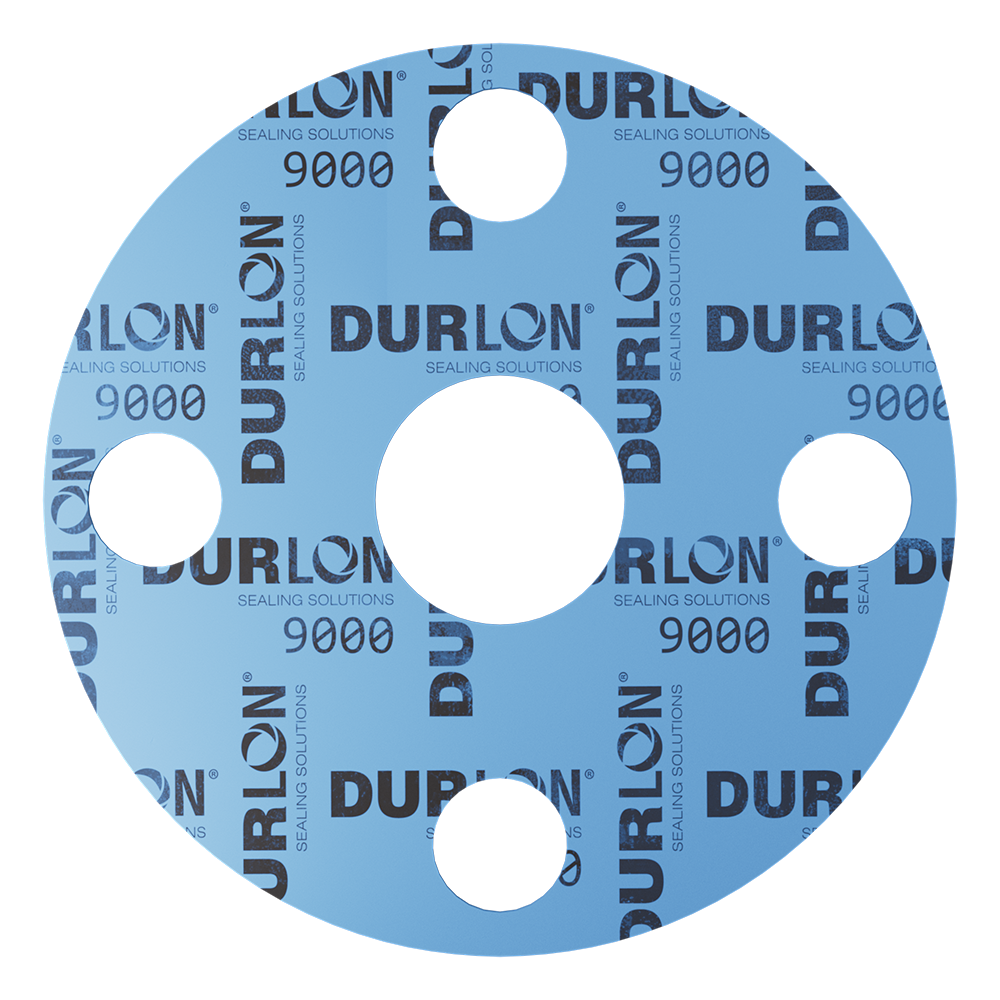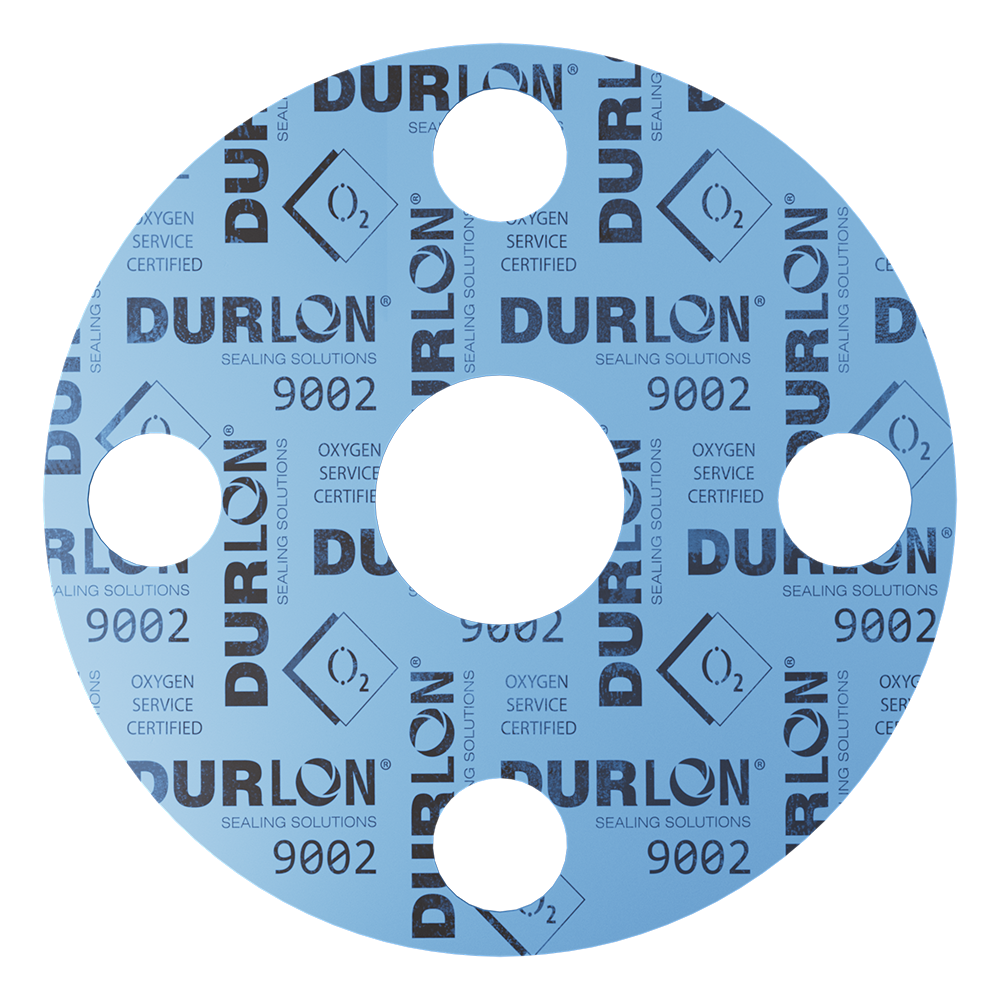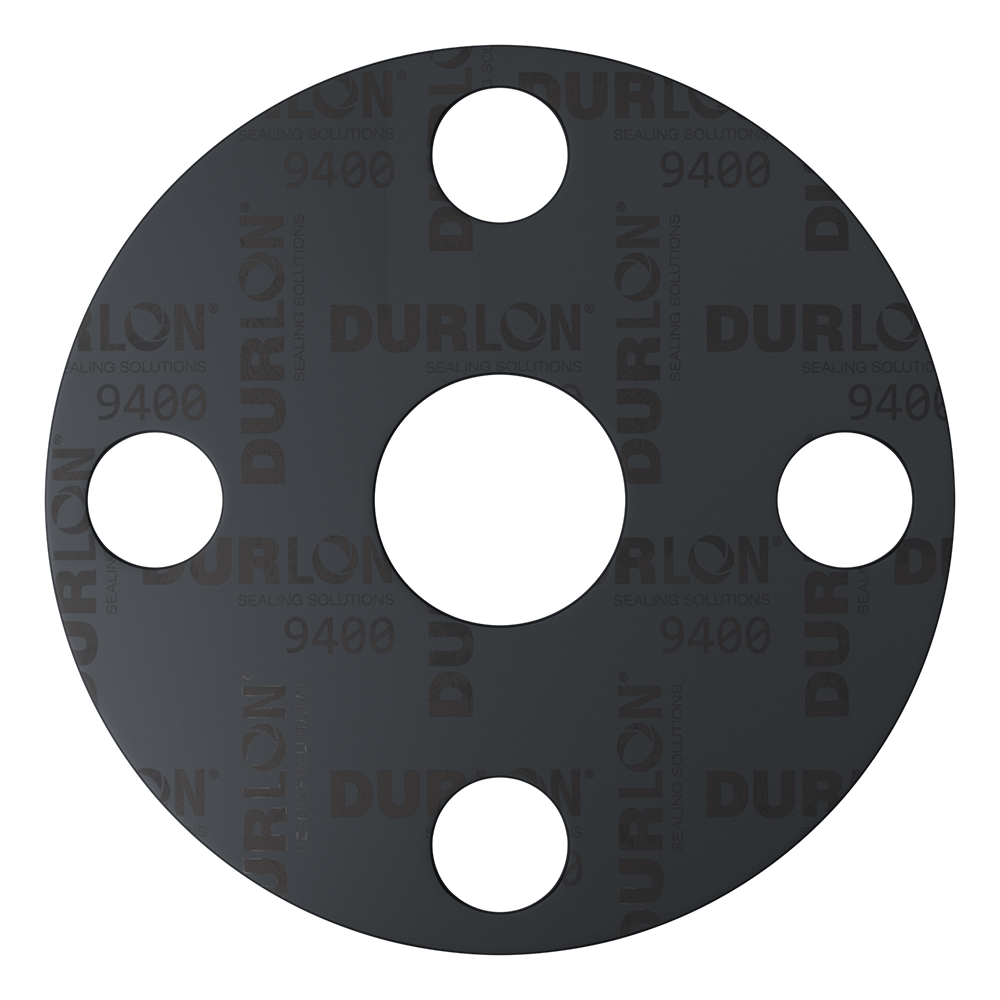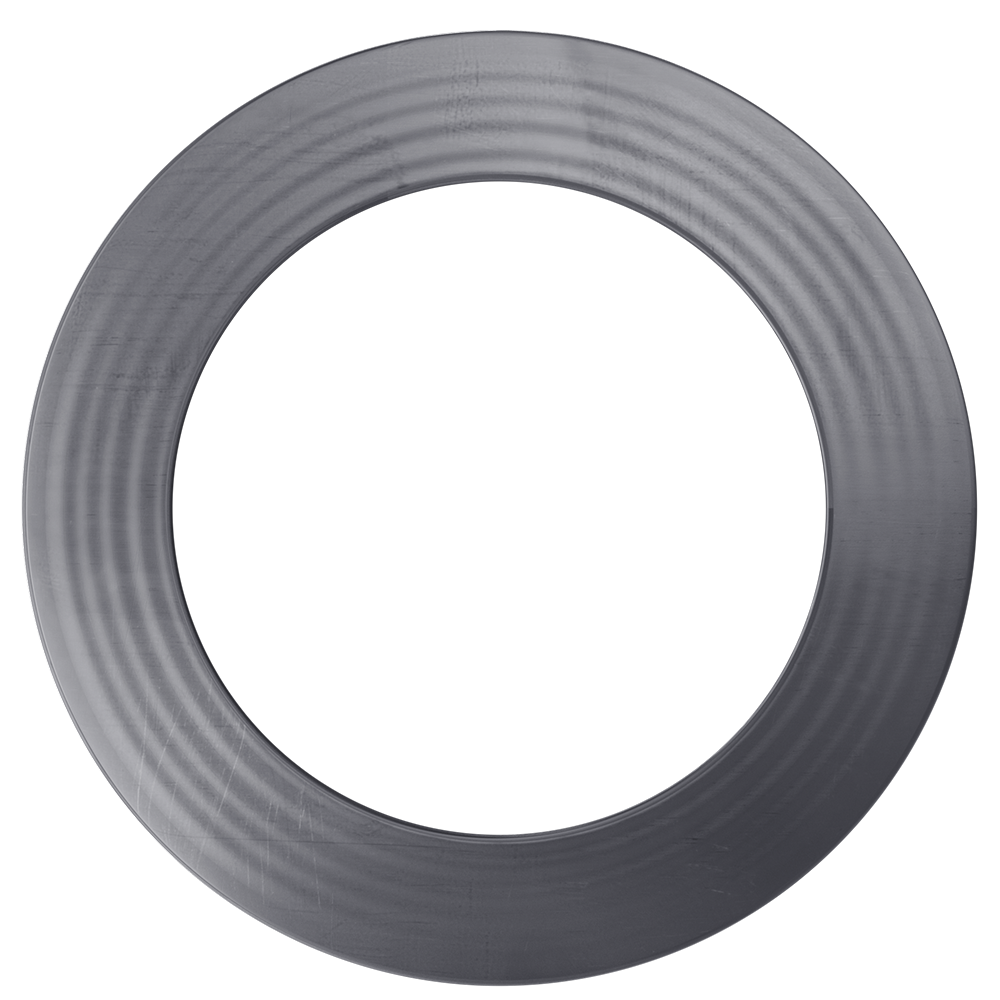What are Fugitive Emissions?
“Fugitive emissions are emissions of gases or vapors from pressurized equipment due to leaks and other unintended or irregular releases of gases, mostly from industrial activities. As well as the economic cost of lost commodities, fugitive emissions contribute to air pollution and climate change.” – Wikipedia
Fugitive emissions can occur due to normal wear and tear, improper or incomplete assembly, inadequate material specification, manufacturing defects, damage during installation or use, corrosion, fouling and environmental effects (e.g., vibrations and thermal cycling). The potential for such emissions depends on a variety of factors including the type, style and quality of equipment component, type of service (gas/vapour, light liquid or heavy liquid), age of component, frequency of use, maintenance history, process demands, whether the process fluid is odourized and operating practices.
Maximum Sealability to Meet Fugitive Emissions Requirements
Triangle Fluid Controls recognizes that today more emphasis is being placed on fugitive emissions via the Clean Air Act in the U.S. that is designed to control air pollution on a national level and the Paris Agreement within the United Nations Framework Convention on Climate Change (UNFCCC) laying out commitments to limit greenhouse-gas emissions and contain the impact of global warming. See a List of International Environmental Agreements. One of our prime design objectives is to maximize the sealability of our gasket materials to meet fugitive emissions requirements.
The Durlon® Sealing Advantage
We offer two specific product categories that have been tested and proven to offer exceptional sealability in challenging conditions. Our filled-PTFE products – notably the most versatile product, Durlon® 9000 glass-filled PTFE, offers exceptionally tight sealing characteristics. Secondly, our premium grade corrugated metal insert gasket, Durlon® Durtec®, is ideally suited to fluctuating pressure and temperature conditions while being fire-safe and offering unparalleled sealability. When it comes to the hazardous and challenging conditions present in the oil & gas, chemical and mining industries, to name a few, these product specifications ensure safety, reliability and the assurance of a significant reduction in overall fugitive emissions.
Meeting Environmental Standards
With the goal of providing fluid sealing solutions that make sense, both financially and strategically, our company is committed to helping to maintain a safe and sustainable planet, and play a role in the reduction of fugitive emissions within the applications where Triangle Fluid Control Ltd. and Durlon® products are used.
As a manufacturer of fluid sealing products designed to seal tighter than current regulations require, we are ideally qualified to resolve troublesome and costly leaks once detected through a leak detection and repair (LDAR) program. Closely monitoring regulatory requirements for methane emissions reductions in the USA, Canada and around the world, Triangle Fluid Controls is prepared with several products with certification status to NSF61, TA-Luft (VDI Guideline 2440), USP Class VI and API607. We also have several products that conform to various FDA regulations and we are prepared to offer help to our customers so they can meet their compliance requirements in the future.






